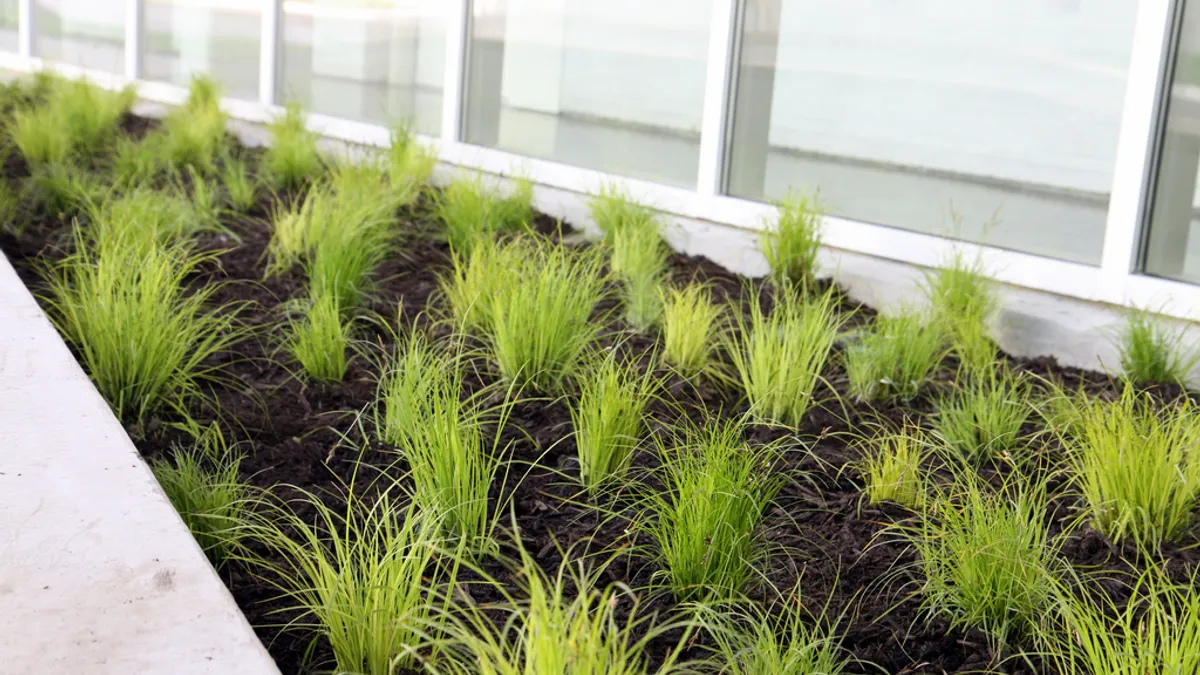Dive Brief:
- The International Code Council has released the 2018 edition of the International Green Building Code (IgCC), developed in collaboration with the U.S. Green Building Council, the American Society of Heating, Refrigerating and Air-Conditioning Engineers (ASHRAE) and the Illuminating Engineering Society. The new version addresses energy efficiency, resource conservation, water safety, land use, site development, indoor environmental quality and building performance.
- The 2018 IgCC integrates ANSI/ASHRAE/USGBC/IES 189.1 — "Standard for the Design of High-Performance Green Buildings Except Low Rise Residential Buildings" into the ICC's existing green codes, and the organizations maintain that this will make it more cost-effective for local jurisdictions to adopt green building codes — since they don't have to develop their own — and easier for designers and contractors to use given the alignment with ASHRAE and other ICC codes. According to the most recent available data from the ICC, 14 states plus Washington, D.C., have at least one jurisdiction that has incorporated previous versions of the IcGG.
- The USGBC said it will "recognize and reward" within LEED those projects that conform to certain 2018 IgCC measures. “Our hope is that building professionals and policymakers alike adopt better, greener building strategies that help them better implement LEED and achieve higher performance in sustainability,” said Mahesh Ramanujam, the USGBC's president and CEO.
Dive Insight:
The only one of the ICC's codes to be in use in all 50 U.S. states is the International Building Code, with the International Residential Code (49 states) and International Energy Conservation Code (48 states) close behind.
Those jurisdictions that routinely incorporate ICC codes into their own building regulations will have a big decision to make when updating their building codes if the ICC membership votes to allow high-rise wood building construction in the next edition of the IBC.
Last month, at the ICC's annual meeting, the leadership moved forward 14 proposed code changes that would allow wood high-rises to be built as high as 18 stories and that would put three new types of construction on the books — Type IV-A, Type IV-B and Type IV. These new types would govern the construction of tall wood buildings from 85 feet to 270 feet. The full membership is currently voting on the change, and the results are scheduled to be revealed sometime next month. If successful, the changes would be included in the 2021 edition of the IBC. How many of the jurisdictions that now use the IBC as a model for their own regulations will adopt the tall wood codes is another matter since some view tall wood construction as a potential fire hazard.












